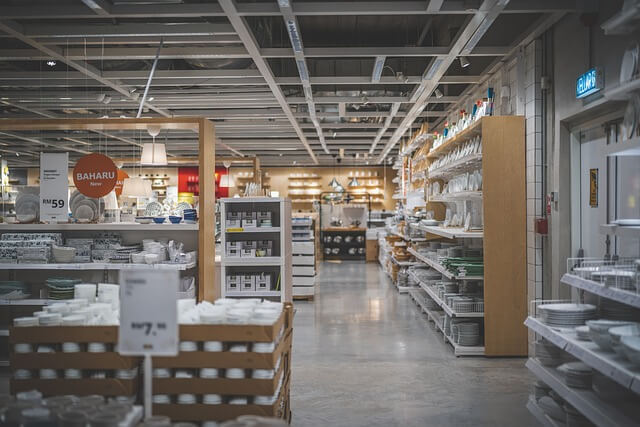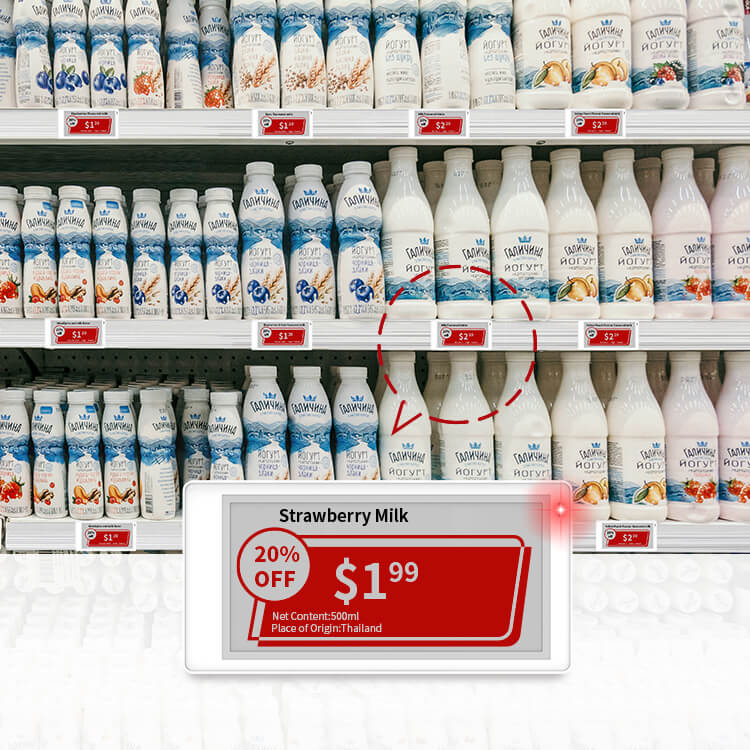
IoT can help retail logistics track goods and estimate delivery times. Online shopping and delivery have exacerbated the problem for retailers. Upgrading retail loss prevention and theft prevention technologies. Retailers use location-based notifications, geo-fencing, and IoT beacons to provide targeted offers to customers. IoT storage optimization reduces waste. Contactless and cashierless checkouts improve the purchase process and save companies cashier fees.
What is IoT in Retail?
IoT connects various devices into an ecosystem, enabling them to communicate with each other, provide data to a hub, and trigger specific responses from the system through a single network of devices. Smart homes, industrial automation, and agriculture are the top three most popular applications of IoT.
The Internet of Things (IoT) is also frequently used in the retail industry, and its popularity is growing every year. Amazon Go IoT was the first to bring the concept of cashierless stores and delivery robots to the market.
Advantages of IoT
Forward-thinking retailers are already reaping the benefits of successfully implementing IoT applications. IoT in retail can benefit from the following features:
1. Improved Supply Chain Management
Retailers can get a complete picture of the entire process of goods from manufacturing to placement in an e-retail store to customer purchase. The collected data, such as shipping time, product storage temperature, etc., can be analyzed in real time.
This information is very useful for shipping perishable goods, where storage temperature is critical. According to some experts, about three-quarters of merchants intend to use Internet of Things (IoT) technology to update their supply chain management.
2. Improved Customer Service
The Internet of Things (IoT) also helps brick-and-mortar companies by providing insights into customer data. IoT retail applications can combine data from surveillance cameras, mobile devices, and social media sites when predicting customer behavior.
IoT has improved the consumer experience in 80% of retail stores. As many as half of respondents said that IoT has increased productivity.
Retail IoT Use Cases
Let's talk about how IoT can be applied to your retail business.
Inventory Control
In retail, this is one of the most important use cases for IoT. One of the most pressing issues in retail today is inventory optimization, so companies are turning to automation to help solve this problem. The Internet of Things (IoT) can help you track inventory and analyze the popularity of each product category. As a result, you can automatically adjust supply based on changes in demand.
Location Monitoring
Today’s retailers face several delivery-related issues, but the surge in online purchases and deliveries during the pandemic has exacerbated these issues. Retail logistics can benefit from the Internet of Things (IoT) by tracking the movement of products through the supply chain and predicting delivery times.
Customer-facing IoT systems can also be created to show customers the exact location of their items at all times.
You can also leverage location tracking to locate your employees. By tracking warehouse workers’ movements around the facility, it’s easier for them to find what they need.
IoT location tracking devices for retail loss prevention and theft prevention are also growing in popularity.
Proactive Maintenance
Repairing a broken device is much more expensive than maintaining it. It’s critical to keep all your equipment and never let it break down, as unexpected failures can lead to financial and reputational losses.
Using IoT sensors, you can detect problems with equipment before they become a problem and notify management of issues that must be corrected immediately. The Internet of Things (IoT) has long been used in transportation, manufacturing, and utilities, and the retail industry may also benefit from it.
Shopper Traffic Tracking
Retailers can use a variety of Internet of Things (IoT) devices to monitor and analyze their store traffic. Using these devices, including smart cameras, beacons, and sensors, you can create heat maps of customer movement. Based on this information, you can determine the best locations for specific products, increasing the likelihood of purchasing them.
Improve Efficiency and Brand Image
With smart shelf labels, stores can easily change product information based on the order, reduce errors, and have a better customer experience

Product Storage Monitoring
Products that decompose quickly cost retailers around $70 million per year. To reduce waste, you can use IoT technology to optimize storage. Temperature, humidity, light intensity, and air quality can all be monitored and controlled through IoT sensors in storage facilities and other places where perishable items are kept.
The application of IoT in retail is still under exploration, and using IoT solutions to expand the possibilities of more retail is the focus that retailers should think about











